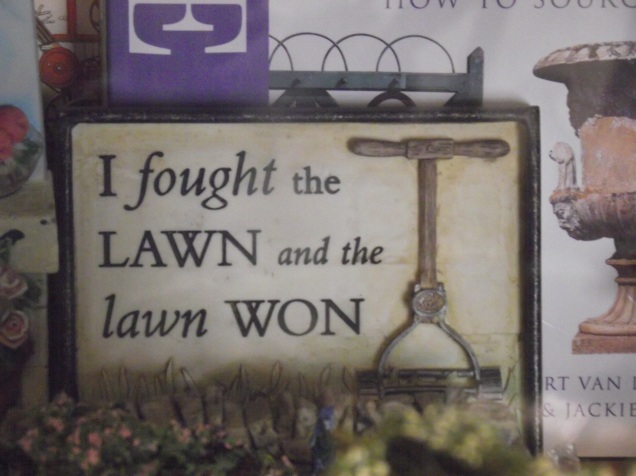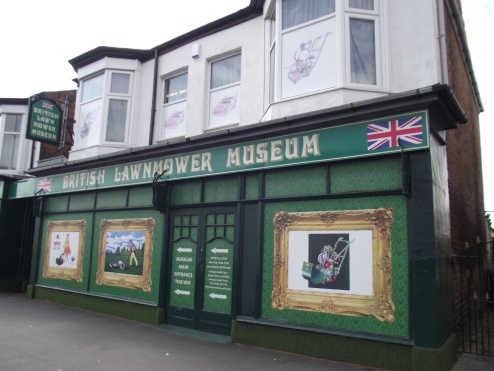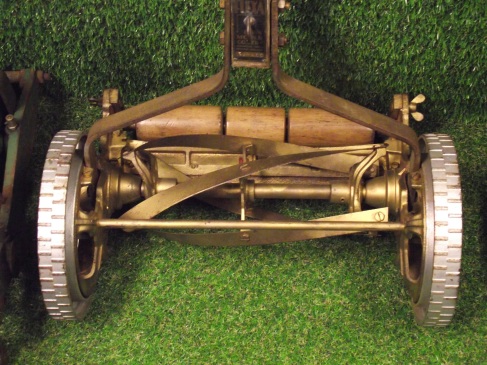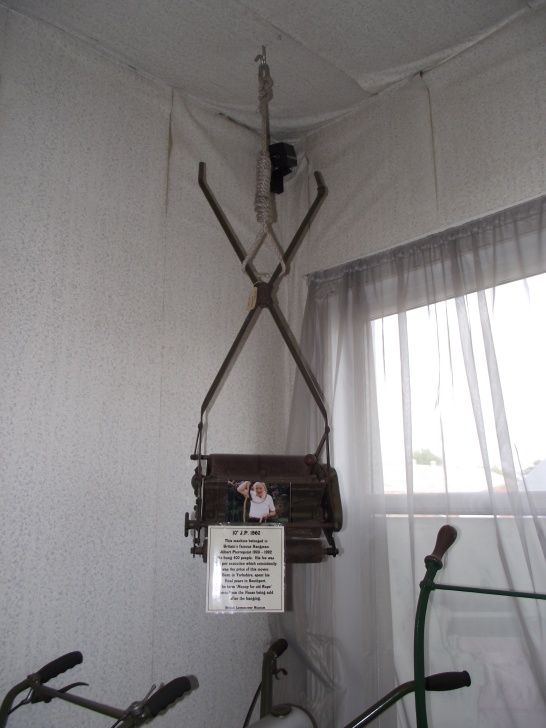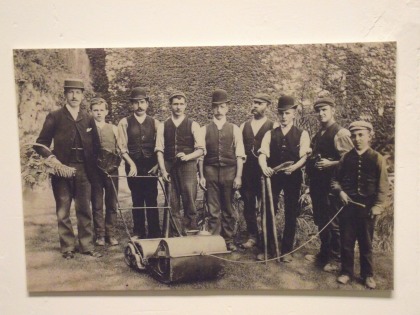
The school holidays are in full swing and I too am off work so was able to enjoy a day with my six-year-old niece. I let Mia choose what she wanted to do; her surprising decision was to “play golf at Haigh Hall”. I had expected Southport or Blackpool and was secretly relieved to avoid the seaside crowds.

I have fond childhood memories of Haigh Hall, sitting with my family on a picnic blanket within the walled rose garden, or splashing in the pool. I hadn’t been for years and had heard that there had been a lot of changes.
There has been a manor at Haigh for centuries with the earliest recorded residents being the Le Norreys in 1193. The most famous residents of Haigh Hall were the Bradshaigh family who lived there from the 13th to the late 18th century. One of the Bradshaigh family, Lady Mabel (or Mab, to her friends) is said to haunt the Hall. Legend has it that during the crusades, her husband, Sir William, went missing for between 7 and 10 years, and thinking him dead she eventually remarried. Sir William made an inconvenient return (there are several variants on exactly what he’d been doing during that period, and whether he could have returned sooner if he had wanted) and to punish his faithless wife for marrying another, the story goes that he made her walk barefoot once a week several miles to a mediaeval cross as penance; quite harsh, I think, considering he’d gone AWOL for several years.


The landmark officially became known as Mab’s Cross and what’s left of it remains standing in front of a primary school which has been named after it. Although the tale of Lady Mabel’s sufferings would appear to based in fact, some elements of the story are disputed.
The present Haigh Hall – a grade II listed building – was constructed in the early 19th century by the 7th Earl of Balcarres, James Lindsey, on the site of a previous brick building. Lindsey, who had married the heir to the Bradshaigh estate, was involved in its design and oversaw its construction from Lancashire sandstone. The Lindseys continued to develop the early mining industry founded by the Bradshaighs in the 16th century, and during the Industrial Revolution made their fortune from coal and cannel mining. The family founded the Wigan Iron and Coal Company, the largest of its kind in Lancashire, and some mining took place on Haigh estate.


The Lindsey family sold the property to Wigan Council in 1947. Although I went there quite often as a child, I only remember going inside a couple of times; I don’t recall there being much to see. Haigh Hall was not developed as an historical attraction in the same way that many similar manor houses were and was mainly used for civic and corporate events and later for wedding receptions. It is now run as an hotel and wedding venue. I didn’t go inside but comparing the Hall’s current external appearance with the last time I saw it, I would say it is greatly improved.


Adventure Golf is adjacent to the proper golf course and for a children’s activity, the course, though great fun, is quite challenging and includes water obstacles. It is much more sophisticated than the pitch-n-put I remember, and I was surprised at how seriously some of the pushy parents seemed to take it, clearly eager to turn their intimidated offspring into future champions.


After lunch in the courtyard area where 19th century stables have been converted into a deli, cafe, an ice cream parlour and a coffee shop, we walked around the lily pond which didn’t seemed to have changed a bit.


There’s a lot to keep the kids amused for an hour or two, including a big playground with areas to suit all age groups, a few fairground rides and a high-rise agility circuit for daredevils of any age.

The original pitch-n-put was still there too, run by Rotary Club volunteers to raise money for local charities – we’ll try that one next time. In one of the gardens, a group of little ones and their parents watched a musical interpretation of Alice in wonderland.

I was happy to find that at least one of the walled gardens was still filled with flowers and that bees were thriving in the borders.





Sadly, the fragrant rose garden which had been my childhood favourite was no longer there but had been replaced by a kitchen garden. Unfortunately, the gates of that garden are locked at 3 O’Clock and we had just missed out on a chance to look around though I did get a peek through a gate.



From there, paths led into the shade and a network of tempting woodland walks throughout the expansive grounds but those will have to wait for a return visit.






























































